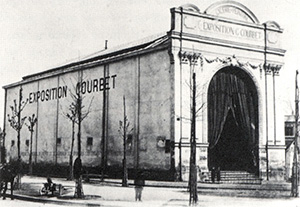The last analog cameras

In the late ‘90 were used Worldwide 630 million traditional or analog cameras and exposed approximately 2.8 billion films a year, where only a small part, 1% to 2% range were used instrictly professional field. About 17% of the cameras were used within segment dedicated to photograpy enthusiasts, “Advanced phototoamateur” and fun. Not infrequently, were good quality machines purchased by individuals with moderate economic possibilities and willing to invest a certain amount of money for their own hobbies. The largest group of traditional cameras was represented by consumer camera. They were about 63% of all those in the world and allowed people to take their own souvenir photos, easily and quickly. They featured good lenses, autofocus, zoom, fast loading and automatic feed of film and then everything you could ask for in a camera to take photos. A few years ago they made their appearance in the so-called “films with lens” in other words the disposable cameras, born


